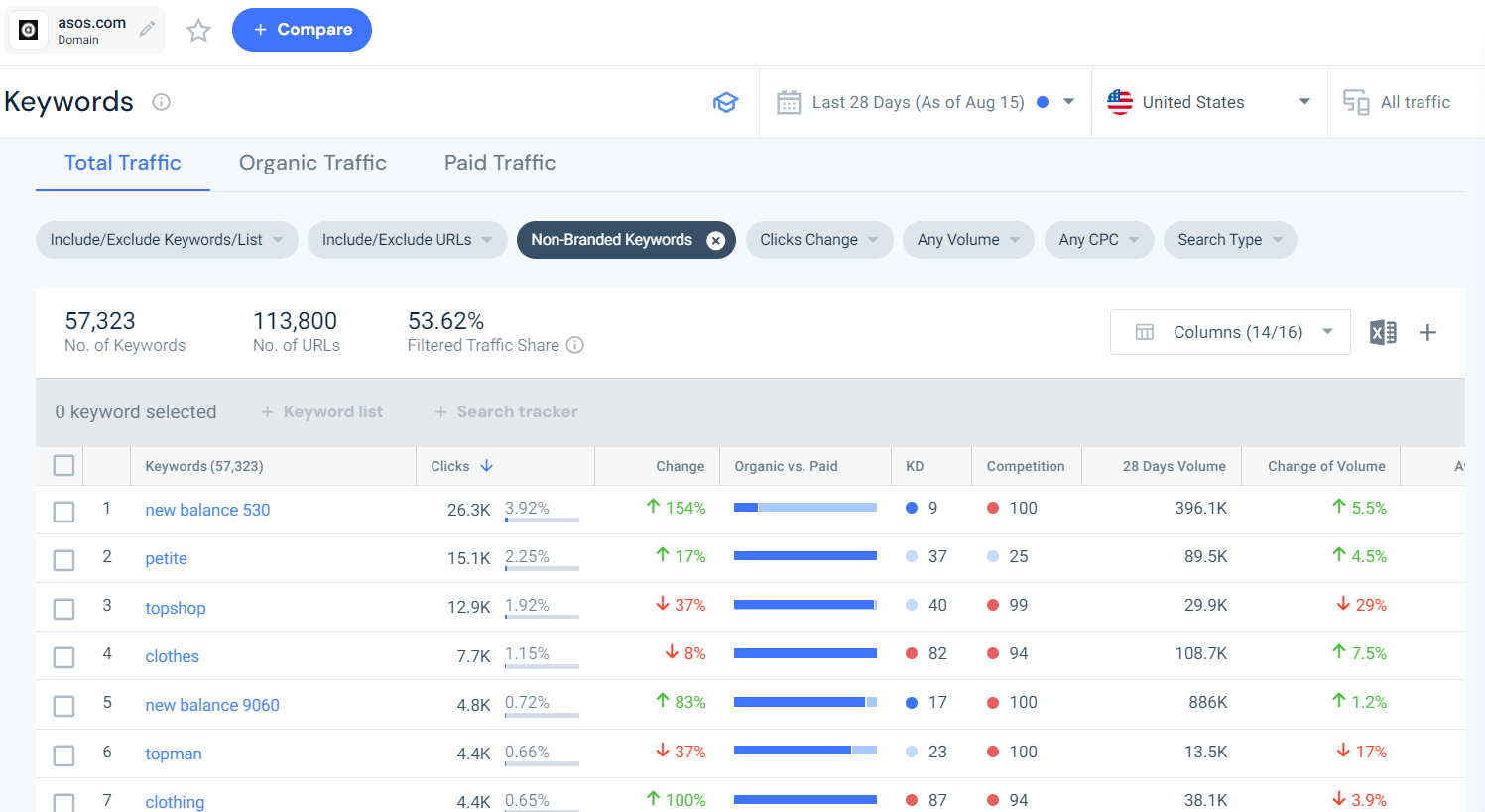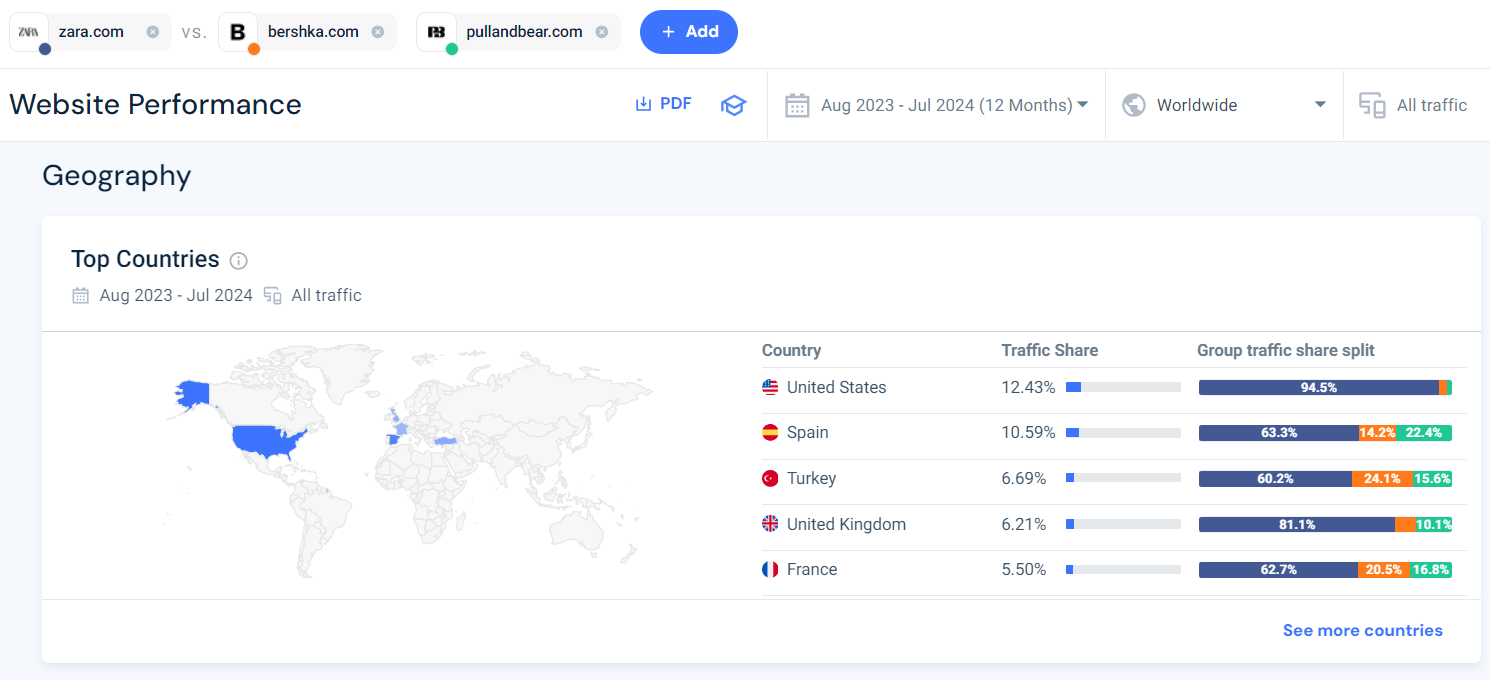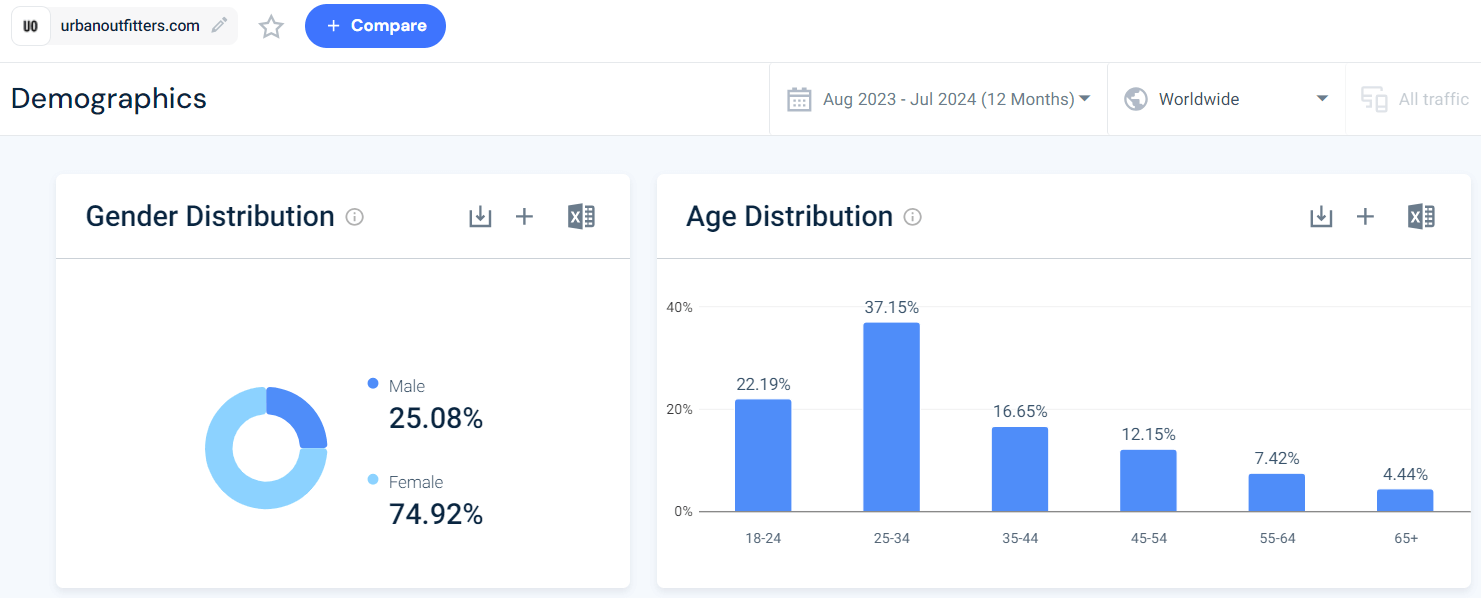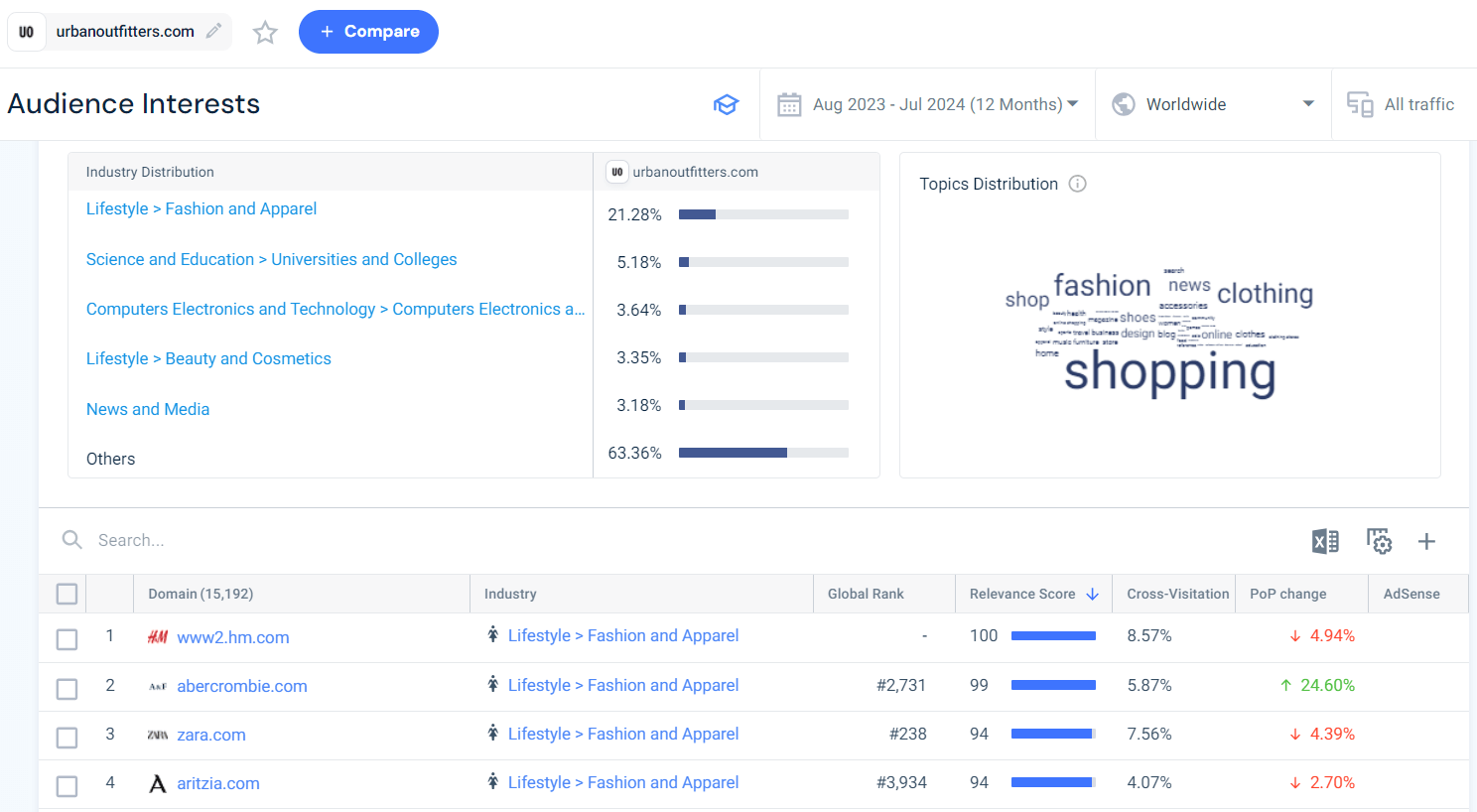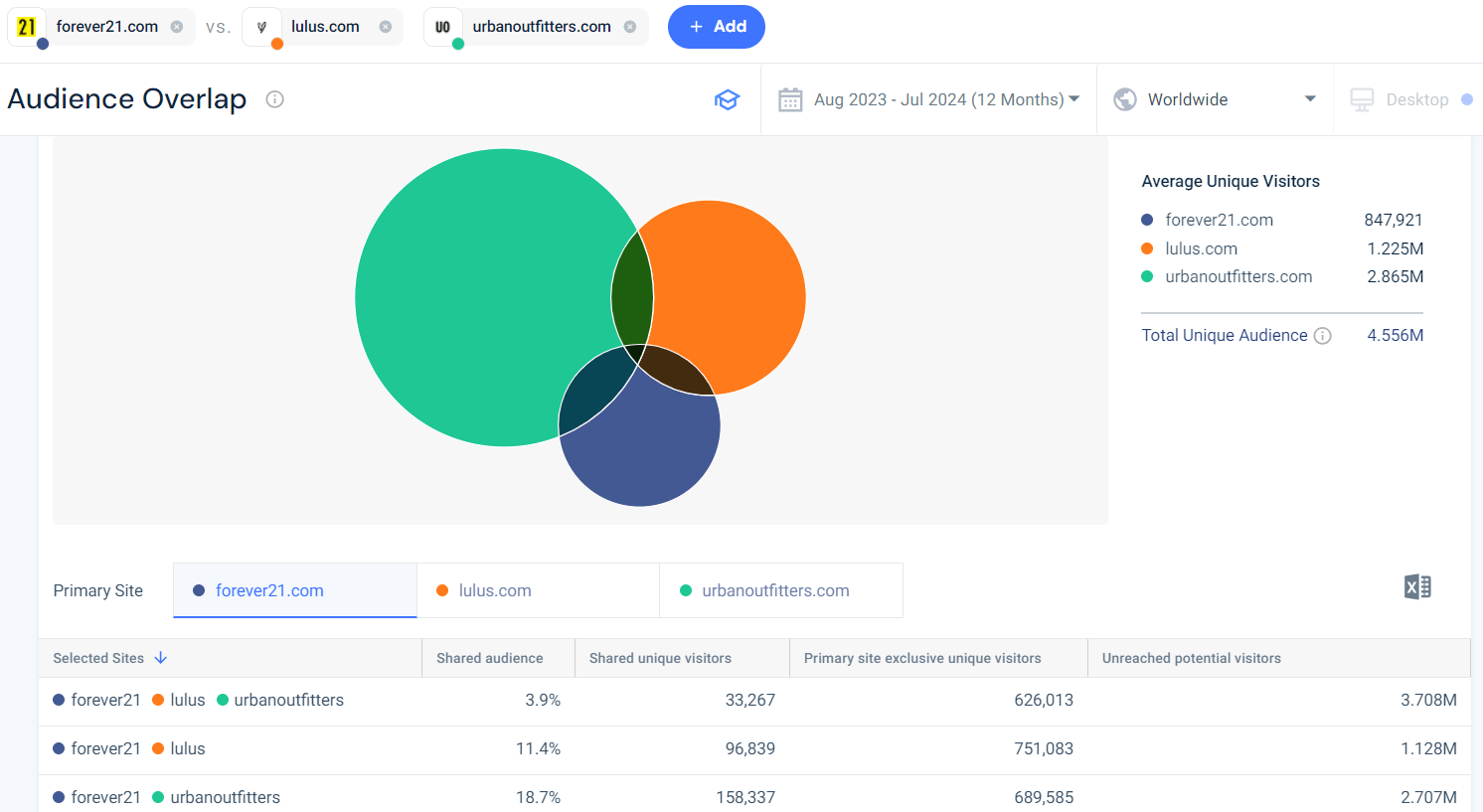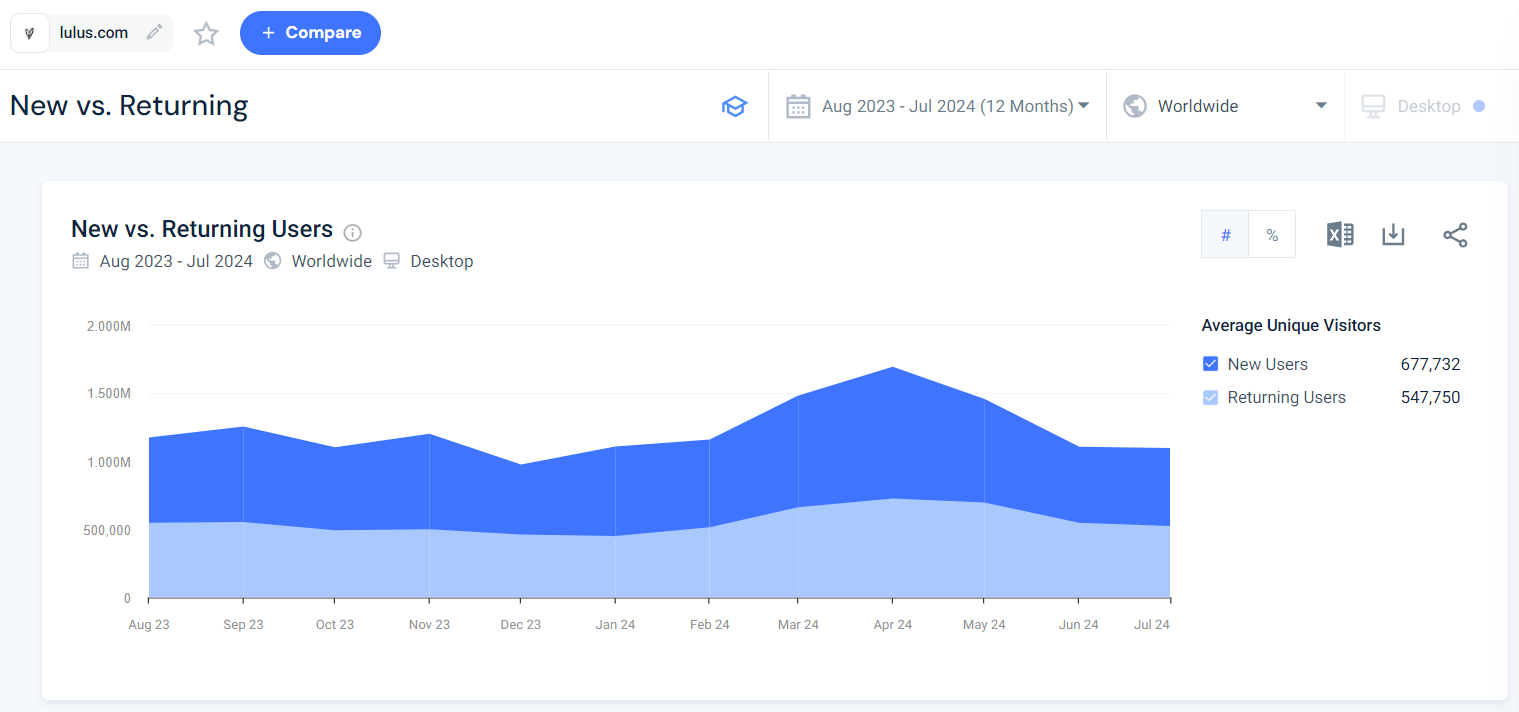Finding Your Competitors’ Target Audience for a Unique Edge

Imagine having the power to know exactly who your competitors are targeting and what truly resonates with those customers. This type of insight can elevate your business strategy, enabling you to make smarter, more informed decisions that drive real results.
Understanding your competitors’ target market is a game-changer. It not only enhances your marketing approach but also identifies market gaps and strengthens your competitive advantage. Once you know the demographics, preferences, and behaviors of your competitors’ audience, you can craft more compelling campaigns that hit the mark.
In today’s rapidly changing business landscape, analyzing target audiences is more crucial than ever. For instance, 88% of marketers agree that insights from data-driven surveys are vital for campaign planning (source: Forbes). This underscores the importance of a data-driven approach to successful marketing strategies. Reliable audience insights and competitive intelligence sources are now key to aligning your efforts for maximum impact.
How can you find your competitors’ target audience?
Below, we’ll walk you through the steps to uncover your competitor’s target audience and glean valuable insights from them. We’ll explore how to identify competitors and analyze their audiences using metrics like traffic share by country, demographics, cross-browsing behavior, and audience loyalty. Here’s how you can do this effectively:
1. Identify your competitor’s target audience
The first step in detailed competitor research is identifying your competition. Start by listing businesses similar to yours—those targeting the same keywords and catering to a similar market. This foundational exercise helps you position your business and understand your market position. Tools like Similarweb’s Organic Search Overview and Paid Search Overview provide valuable data on the search traffic strategies of up to five competitors. These overviews reveal which search terms drive the most traffic, helping you infer their strategy and spot potential opportunities.
Understanding your competitors’ keywords gives you insights into their SEO and SEM strategies. This knowledge lets you strategically target untapped keywords or focus on areas where your competitors excel. By benchmarking against competitors, you gain a clearer view of your industry, helping you become more competitive and adaptable.
But knowing who your competitors are is just the beginning. To truly understand their marketing tactics, you need deeper insights. Similarweb’s competitor analysis tool can guide your team in creating marketing plans that directly address market needs, accelerating the achievement of your business goals.
Imagine discovering that your competitors are particularly successful in certain regions or demographics. You can leverage that information to strengthen your business presence in those areas. Analyzing competitors gives you a window into market trends, consumer behavior, and regional strengths, allowing you to improve your market positioning.
2. Analyze your competitor’s audience
Once you’ve identified your competitors, the next step is to analyze their audience. This involves looking at traffic share by country, demographics, cross-browsing behaviors, and device usage. Each aspect provides crucial insights into your competitor’s audience, helping you build a nuanced understanding of their market.
Traffic share by country
Geographic data is a goldmine for marketers, offering insights that drive regional strategies and better resource allocation. On the Geography page, you can break down traffic shares by country for up to five competitors, revealing traffic volume, percent changes over time, and even country rankings by unique visitors. This data is essential for understanding which regions contribute the most to your competitor’s traffic and how those contributions evolve.
For example, a significant increase in traffic from a particular region could signal new trends that are emerging and worth exploring further. Focusing your marketing efforts on regions where your competitors have high traffic can lead to more effective campaigns. Geographic insights help you allocate marketing resources where they’ll have the most impact, driving higher engagement and conversion.
Gender, age, and geography distribution
Demographic data reveals who is interacting with your competitors. With Similarweb’s Demographics feature, you can see the gender and age composition of their audience. This information is invaluable for creating targeted content that resonates with your customers, ensuring your marketing efforts are relevant and effective.
For instance, if your competitors’ audience is primarily young adults, your marketing messages should speak directly to this age group. Demographic insights help you build detailed buyer personas, tailoring your digital marketing strategies to meet the needs of specific segments. With accurate demographic data, you can fine-tune your targeting, making your marketing efforts more efficient and impactful.
Demographic insights also support marketing and product development, as well as customer service. By understanding what works best for different segments of your competitor’s audience, you can develop product features and services that meet their needs. This streamlines decision-making across departments, ensuring that all efforts are focused on addressing your audience’s preferences.
Moreover, demographic trends can help you anticipate future market demand and the changing needs of your customers. Observing these trends over time enables strategic long-term planning, giving you a competitive edge in anticipating market shifts.
Cross-browsing behaviors and device usage
Understanding the browsing behaviors of your competitor’s audience provides insight into their interests and habits. The Audience Interests tool shows you other sites visited by a competitor’s audience, offering context on their preferences. This information is critical for building targeted strategies that maximize campaign efficiency. Additionally, knowing the other sites your competitors’ audience visits can help you identify potential partnerships or advertising opportunities.
Device usage is another important aspect of audience behavior. Analyzing traffic by device – whether desktop or mobile web – gives you insights into user preferences, and a better understanding of where to focus your website UI. If most of your competitor’s traffic comes from mobile devices, optimizing your website for mobile can significantly enhance user experience. Recognizing these access points allows you to deliver a seamless experience, catering to the preferences and behaviors of your target customers.
Cross-browsing behaviors also reveal your competitors’ broader online strategy. If their audience frequently visits specific sites, it could indicate opportunities for strategic partnerships or cross-promotions. Identifying significant traffic from certain forums or social media platforms lets you strategize to attract similar audiences.
Shared unique visitors over time and website’s audience loyalty comparison
Tracking shared visitors and loyalty trends helps you identify opportunities and threats. Similarweb’s Audience Overlap provides an overview of audiences across various websites, including shared and unique visitors over time. This data is crucial for understanding hidden audience potential. For example, a high rate of returning users on a competitor’s site suggests strong engagement, providing insights for improving your user retention tactics.
The New vs. Returning Users ratio offers details on user engagement and retention, allowing you to assess the success of your customer acquisition and retention strategies. Regularly analyzing these elements gives you a competitive edge, helping you attract loyal customers through data-driven decisions. You can also learn from your competitors’ retention strategies and apply similar tactics to improve your brand’s user retention and loyalty.
Visitor loyalty metrics indicate how well competitors can keep their audience engaged, providing a benchmark for your efforts. High visitor loyalty suggests valuable content or incentives that drive users to return. By identifying and emulating these tactics, you can enhance your content or features, adding value for your audience.
Understanding shared visitors over time helps you track audience preferences and trends. A decrease in unique visitors who are also interested in your competitors may signal the need to reassess your content strategy or product development efforts. These metrics provide feedback in near-real-time, enabling you to adapt to market changes and stay relevant.
Develop a strategy to effectively target your competitors’ audiences
Developing a target audience strategy begins with building detailed and ideal personas that align with your business goals. Similarweb’s insights help you customize marketing messages, campaigns, and content according to these personas. This approach keeps you ahead of the competition by allowing you to continually test and refine your strategies based on real-time data.
An effective audience plan integrates comprehensive tools and resources. With Similarweb, you gain detailed insights into competitor audiences – covering everything from geographic traffic to demographic data and cross-browsing behavior. Consistently applying these insights ensures your marketing efforts stay sharp and competitive.
Similarweb is the ultimate market and audience intelligence tool to help you grow your digital market share. Try it for free today to track market changes, benchmark your performance, and generate audience insights to ensure smarter, data-driven decision-making.
FAQs
How does audience research improve marketing strategies?
Audience research allows your company to understand potential customers’ preferences, behavior, and demographics. From that information, you can come up with highly focused marketing strategies that can improve your engagement and conversion rates.
What are some useful tools to analyze a competitor’s website traffic?
Similarweb offers effective tools to analyze website traffic, specifically from your competitors. You can get insights about their traffic share by country, search traffic, and demographic information. Such tools would help to identify where the competitor’s traffic is coming from, what their driving keywords are, and their users’ mobile and desktop preferences. These are insights that would further develop a course of action to improve your website performance.
Can understanding competitor audience behavior open new market opportunities?
Yes, knowing the audience behavior of your competitors can uncover new market opportunities. Identifying what your competitors’ users are interested in and studying their engagement patterns helps in spotting market gaps. This data gives you a lead in tailoring your offerings, which can attract new customers and differentiate your brand. Getting a grasp of the desires of competitors’ audience can steer your product development and marketing strategies in profitable directions.
How would demographic data from competitors’ audiences help in marketing planning?
Demographic data from the audiences to your competitors, such as gender, age, and location, helps create successful campaigns. This information on your competitor is audience will allow you to strategize and come up with messages that will appeal to the same demographics, hence increasing your possibilities for success. This information will tune your marketing messages into the relevant segments and improve the campaign’s effectiveness.
What are some key benefits of using Similarweb to conduct competitor analysis?
Similarweb offers a suite of competitive analysis tools: organic search overview, paid search overview, geography, site demographics, and audience interests. With these tools, you have all the information necessary to make strategic decisions and improve your competitive advantage. That includes figuring your competition’s strategies uses and recognizing business growth opportunities.
Sources
Your full marketing toolkit for a winning strategy
The ultimate solution to help you build the best digital strategy

